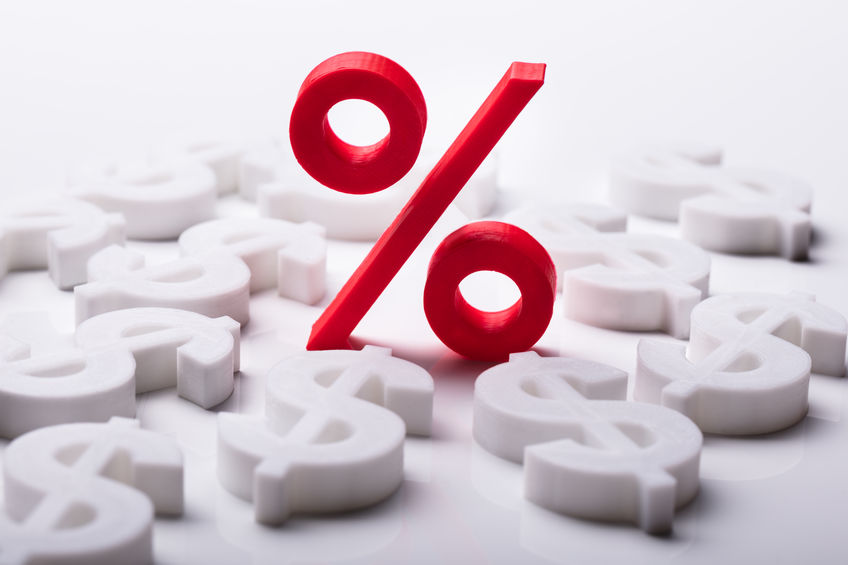As 2021 wraps up, you’re probably hearing the news that the Federal Reserve has been meeting, planning to address the rising inflation that’s happening across the United States. A couple of actions that the Federal Reserve can take to try to lessen inflation are raising the federal funds rate and quantitative easing.
Today, the federal funds rate is .25%. This is the interest rate that bank spay to borrow money. This rate has been at .25% since March of 2020. The lower the funds rate, the lower interest rates are for consumers. If the funds rate goes up, then interest rates for consumers go up. The Federal Reserve said in mid-December 2021 that they plan on raising the funds rate three times in 2022. The federal funds rate increase will affect the interest rate for credit cards, HELOCs, and auto loans.
Although mortgage interest rates are affected by the funds rate, they are more impacted by quantitative easing. Quantitative easing is simply the Federal Reserve buying mortgage-backed securities from Wall Street. Almost all mortgages are aggregated and sold as mortgage-backed securities. The more the government buys, the lower mortgage interest rates go. If the government stops buying the mortgages, then interest rates will go up.
The Federal Reserve has said they will wind down purchases of mortgages and will be down to zero by March 2022. This means you can count on mortgage rates going up next year, unless of course they change their mind and keep buying. Raising interest rates is the best tool the government has to fight inflation. So, if you’ve held off on a refinance or are considering a home purchase, time is of the essence. Contact Indigo Mortgage today to get started.

